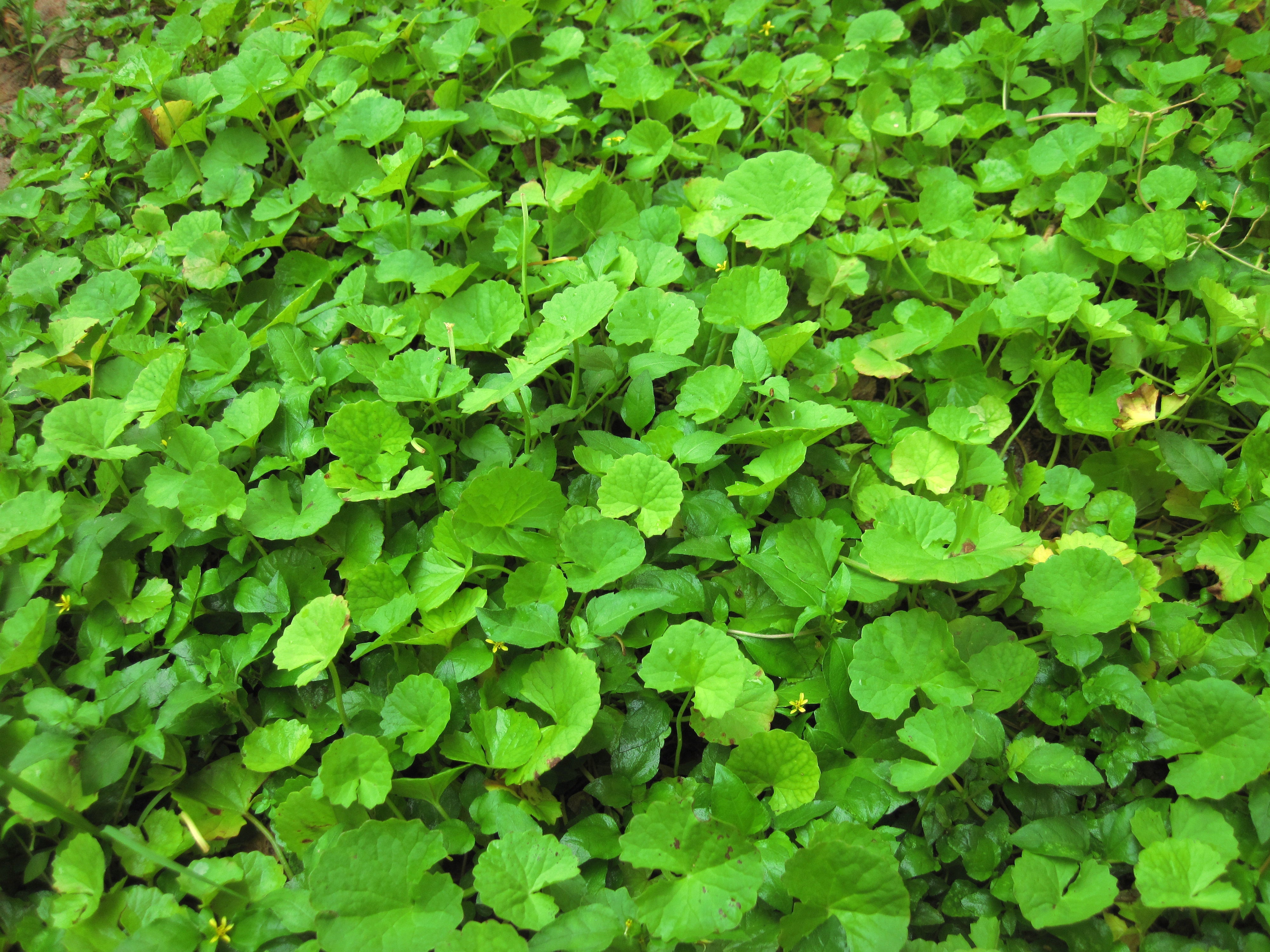Weeds

An annual herb to 400mm tall with star and simple hairs, a basal rosette of leaves and erect stems bearing heart shaped pods. White shaped petalled flowers appear in Winter and Spring. Germination...
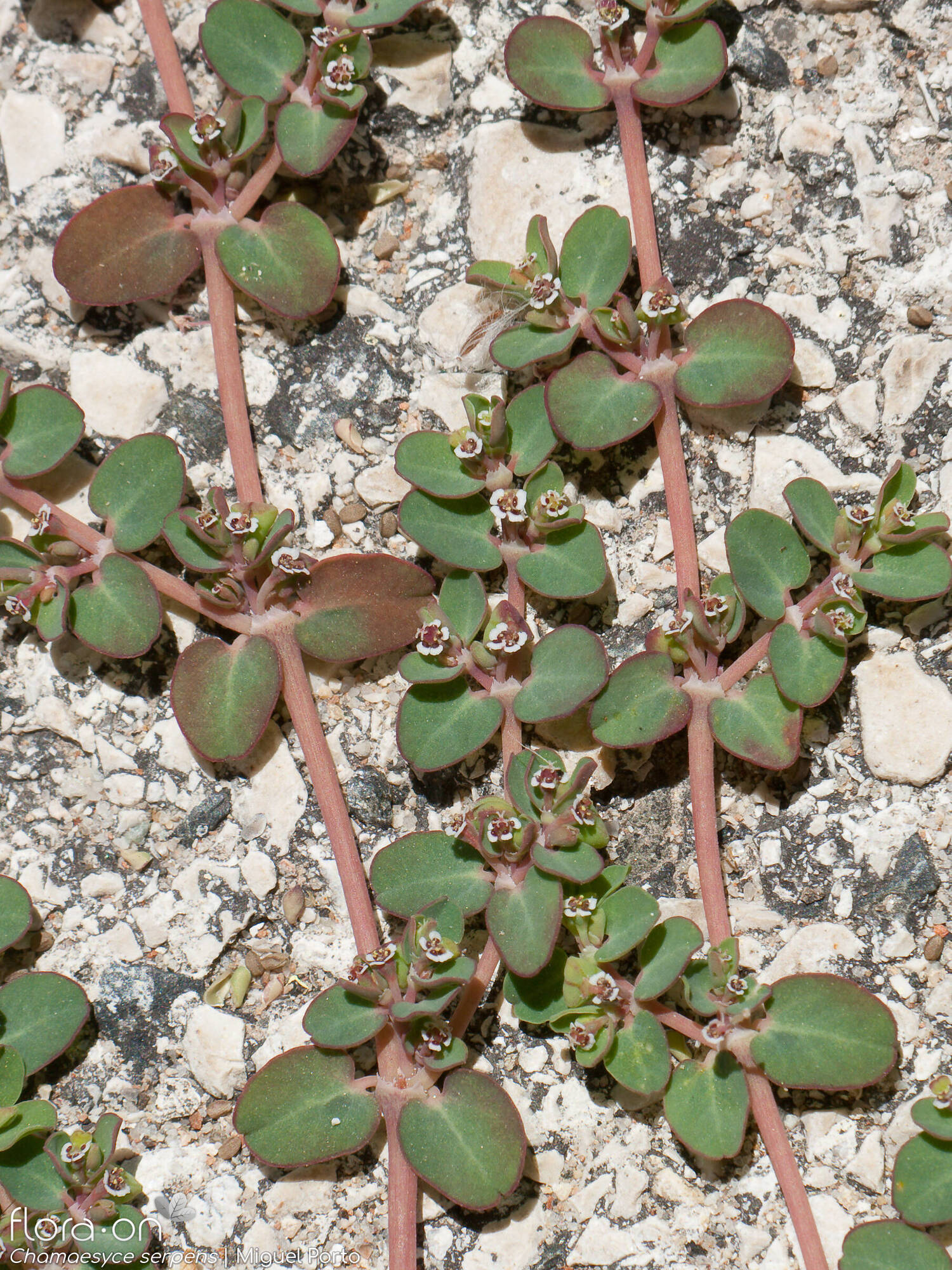
A small, short lived herbaceous plant with reddish or purplish creeping stems. Its stems and leaves contain a milky sap. Its paired leaves are dark green to purplish and have finely toothed margi...

A prostrate, succulent running annual herb that often forms dense mats with spoon shaped shiny leaves. Seeds germinate from spring to summer.
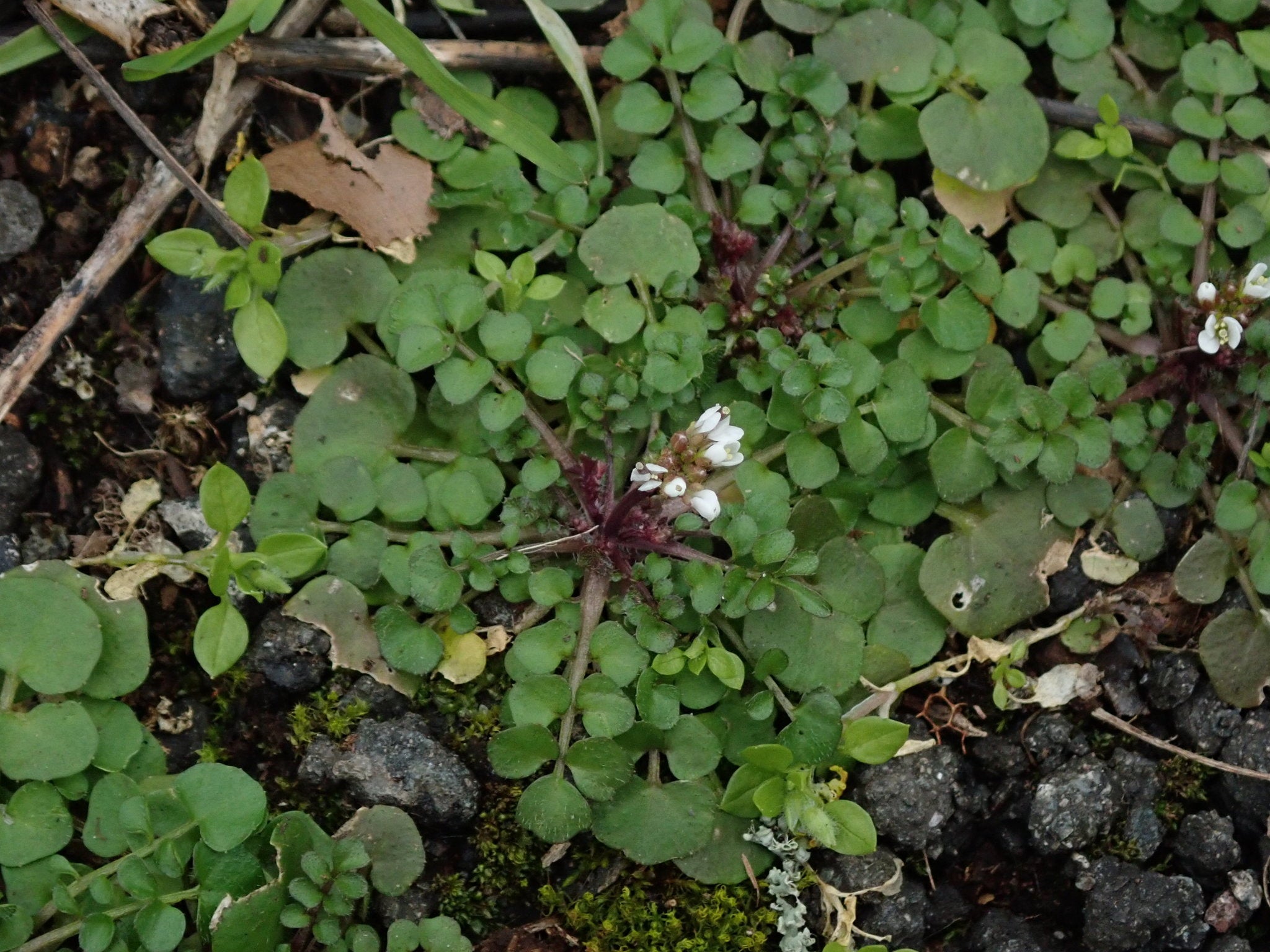
This tiny weed (around 10-15cm high) with a branching flower reproduces itself very quickly, often setting seed and re-growing in a matter of weeks. Often a weed of nurseries and potted plants.
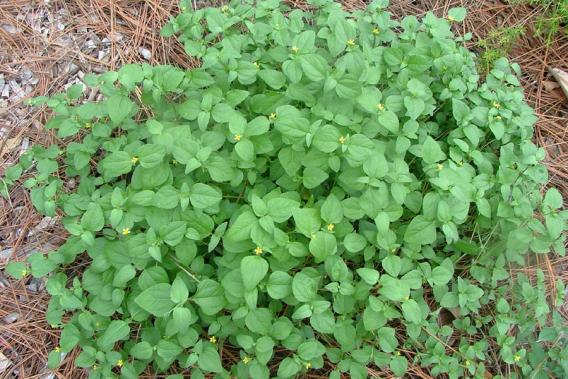
A short lived or long-lived plant with weak sprawling stems growing up to 60cm long. Its paired leaves egg shaped or triangular looking. Small yellow flower heads are borne singly in the upper leaf.
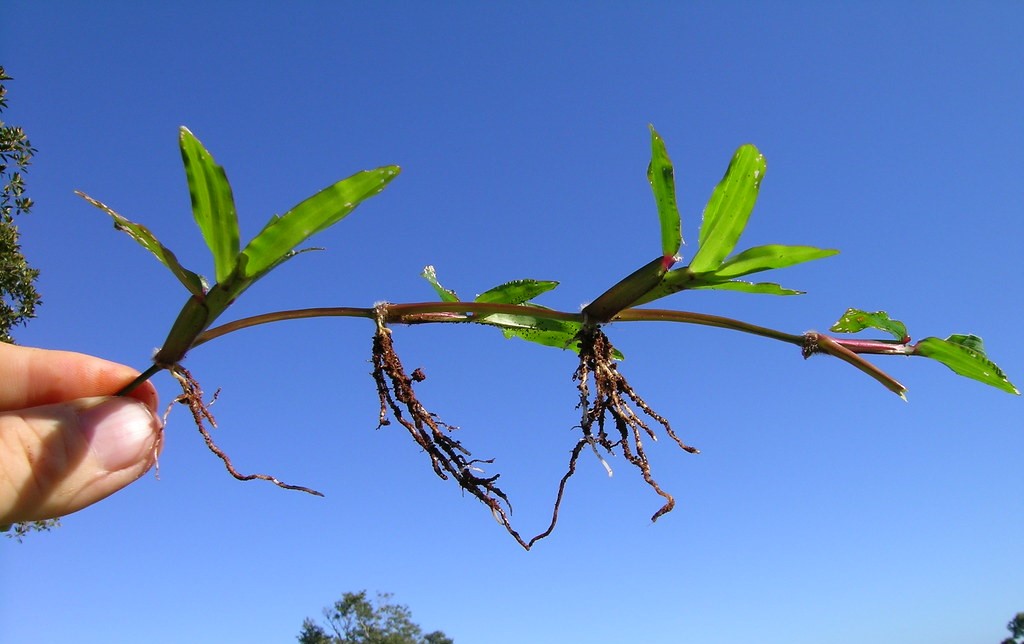
Broadleaf carpet grass is commonly identified as a weed, especially when found growing among fine-textured turf grasses like green couch. Broadleaf carpet grass loves the shade and can also grow i...
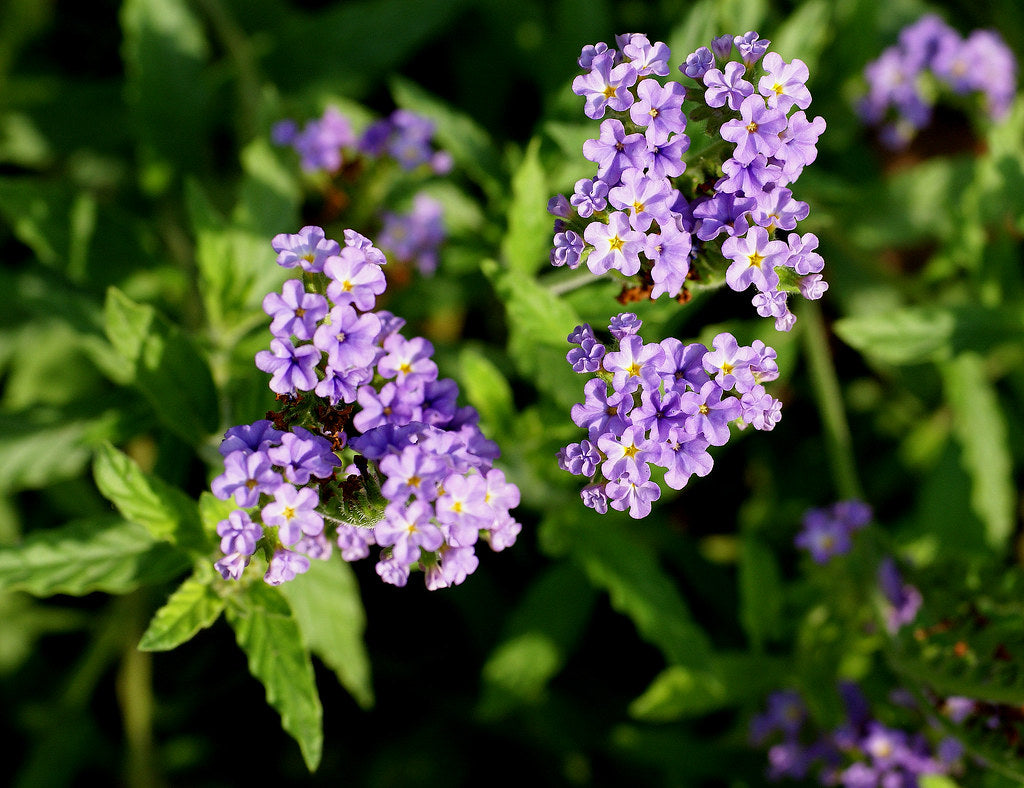
A low growing herbaceous plant with numerous branched stems radiating from a central taproot its alternately arranged leaves are elongated, hairy and have wavy margins. Its distinctive coiled flowe...
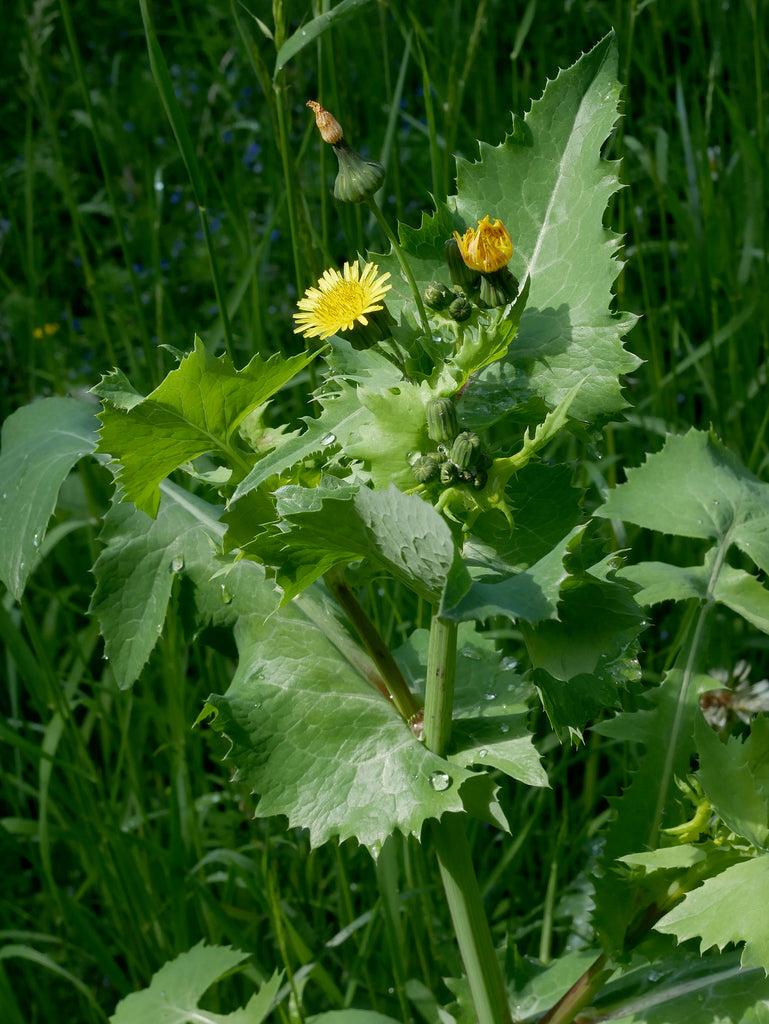
An erect, hairless, branched plant with sprays of yellow, thistle type flowers at the ends of branches and large, soft, lobed leaves. Common Sowthistle is an erect, hairless, annual or biennial her...


